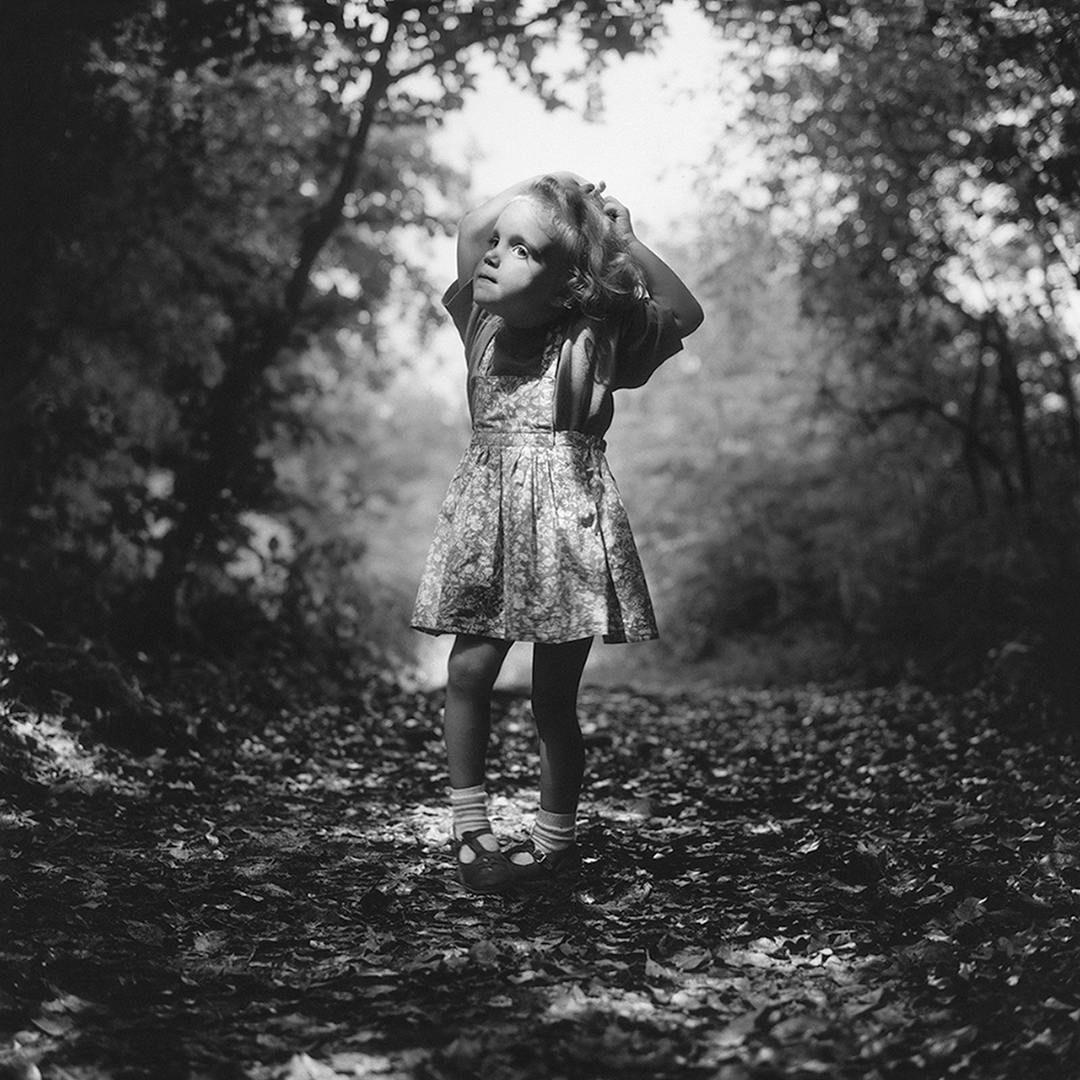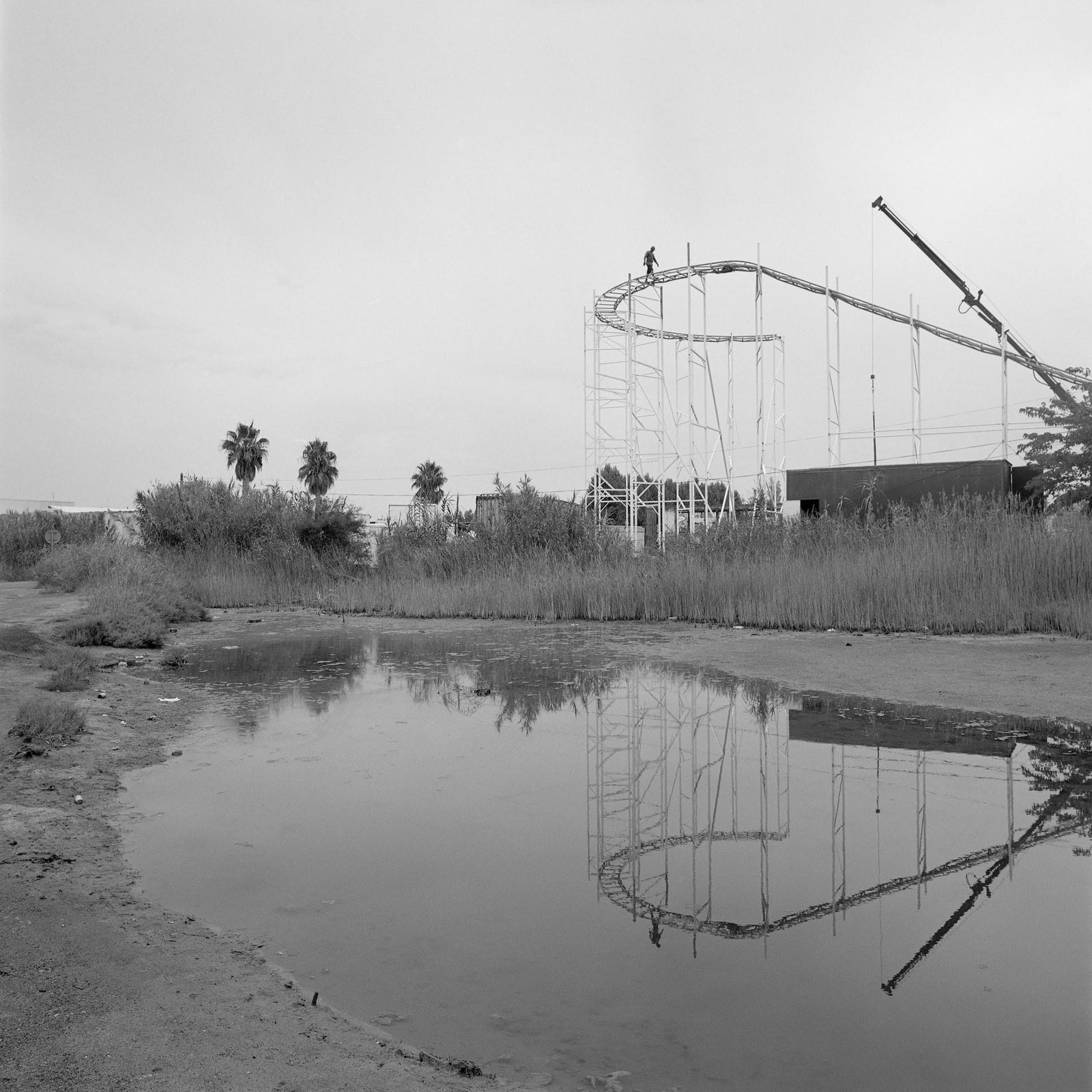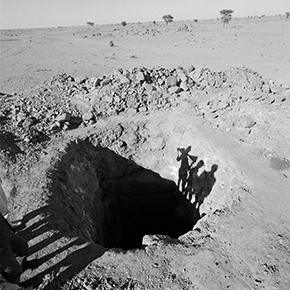 https://agencevu.com/wp-content/uploads/2020/08/00_HDEW19396-1992NB09.jpg
290
290
Fanny Demichelis
/wp-content/uploads/2021/05/logo-vert-2.svg
Fanny Demichelis2009-04-24 16:37:372021-05-10 16:29:28Sahrawi People, 2009
https://agencevu.com/wp-content/uploads/2020/08/00_HDEW19396-1992NB09.jpg
290
290
Fanny Demichelis
/wp-content/uploads/2021/05/logo-vert-2.svg
Fanny Demichelis2009-04-24 16:37:372021-05-10 16:29:28Sahrawi People, 2009Hugues
Hugues de Wurstemberger
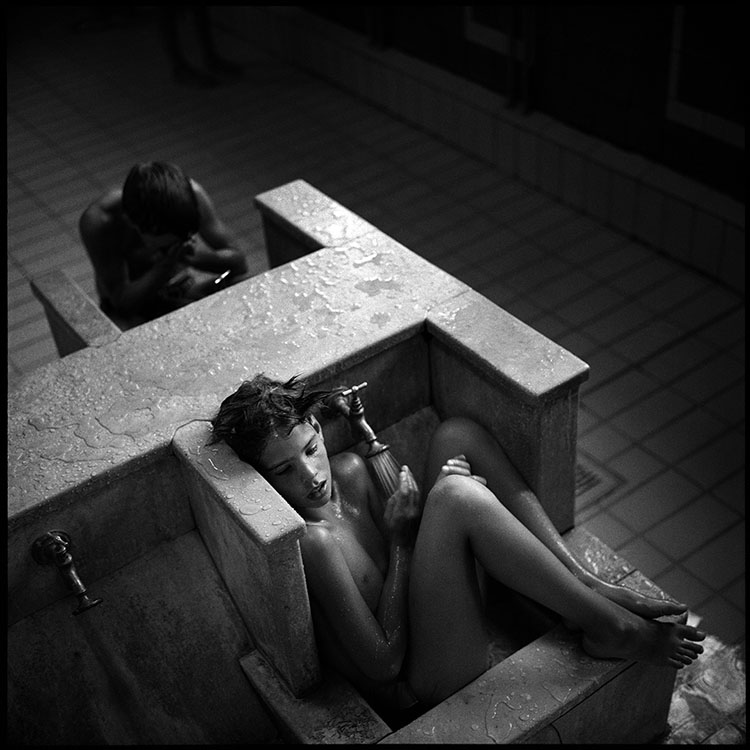
biography

Swiss photographer, born in 1955, member of Agence VU’ since its creation in 1986 and represented by Galerie VU’, lives in Brussels where he teaches photography.As a former member of the Swiss Guard, Hugues de Wurstemberger first made a name for himself thanks to the photographs he took of the Swiss Guard daily life, which were brought together for an exhibition in 1985 at the Musée de l’Elysée in Lausanne. From then on, he devoted himself to photography and developed his own style, preferably in black and white and medium format: “What interests me above all is the real thing. A photo is in any case only a flattening of reality, so it’s better to keep it simple. And if it’s more than that, it’s because there’s a little something – that doesn’t always happen – a kind of grace”.
Usually on the fringes of current events, he has “got into the habit of dealing with subjects that are rather unsaleable, betting on in-depth work rather than on preconceived ideas”. In this way, he looks at the daily life and intimacy of forgotten populations, endangered or struck by the loss of their territories: in Morocco, with the Saharawi populations, but also in Mauritania, El Salvador, Zambia or Ethiopia. It also collaborates with humanitarian organisations and associations: with Pestalozzi Children’s Foundation for “From Addis to Dimtu”, or with Les amis de l’atelier for “Persons”, a series of portraits of people with disabilities. With the photographers Jane Evelyn Atwood, Jean-Marc Bodson, Gaël Turine and Michel Vanden Eeckhoudt, he documented Belgian prisons in 2006 as part of the collective project “L’enfer-me-ment” (ed. Husson).
It is still in this perspective of transfiguring the banality of the ordinary by the grace of a fair distance, between tenderness and smile, that he also devotes himself to subjects that are closer to him. In 1995, he photographed the farmers in the Swiss mountains, who are a “counterpoint to the Switzerland of banks and cleanliness”, fighting against the modernization and standardization of lifestyles. In 2005, “AOC, une identité retrouvée” (Infolio) was published, as well as “Pauline et Pierre” (Quo Vadis), a family album that brings together over 18 years the “little white pebbles” of his two children’s youth.
His work was granted in 1990 by the Niépce Prize, in 1991 by the World Press Photo, and in 2002 by the Silver Prize.
Series
 https://agencevu.com/wp-content/uploads/2020/08/00_HDEW19396-1992NB09.jpg
290
290
Fanny Demichelis
/wp-content/uploads/2021/05/logo-vert-2.svg
Fanny Demichelis2009-04-24 16:37:372021-05-10 16:29:28Sahrawi People, 2009
https://agencevu.com/wp-content/uploads/2020/08/00_HDEW19396-1992NB09.jpg
290
290
Fanny Demichelis
/wp-content/uploads/2021/05/logo-vert-2.svg
Fanny Demichelis2009-04-24 16:37:372021-05-10 16:29:28Sahrawi People, 2009
Cantal, 2005

The Identity Found Again, 2004
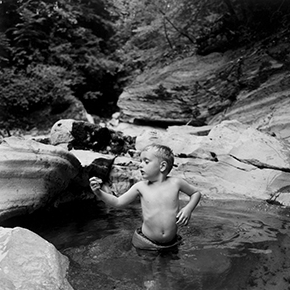
Pauline et Pierre, 2001

Persons With Disabilities, 2000
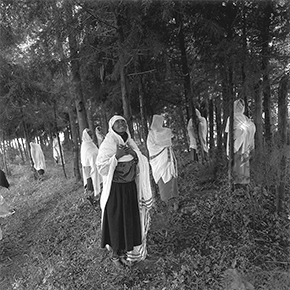
Ethiopia, 1998
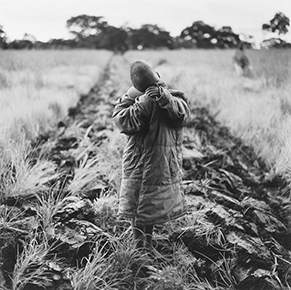
Zambia, 1997

Canne Film Festival, 1994
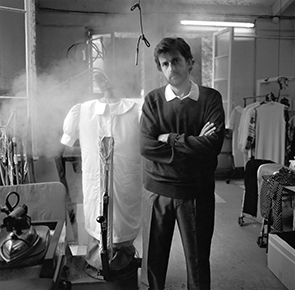
Cannes Film Festival - portraits, 1994
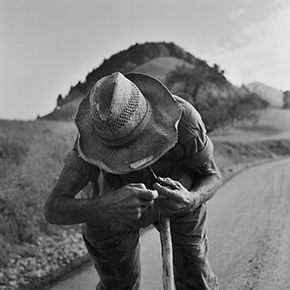
The Peasants, Switzerland, 1994
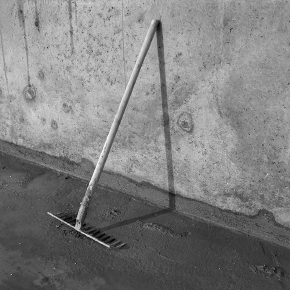
François Mitterrand's Huge Building Sites, 1989
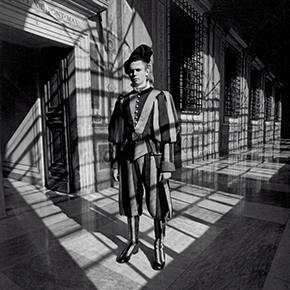
The Swiss Guard, 1981

Sahrawi People, 2009

Cantal, 2005

The Identity Found Again, 2004

Pauline et Pierre, 2001

Persons With Disabilities, 2000

Ethiopia, 1998

Zambia, 1997

Canne Film Festival, 1994

Cannes Film Festival - portraits, 1994

The Peasants, Switzerland, 1994

François Mitterrand's Huge Building Sites, 1989

The Swiss Guard, 1981

Sahrawi People, 2009

Cantal, 2005

The Identity Found Again, 2004

Pauline et Pierre, 2001

Persons With Disabilities, 2000

Ethiopia, 1998

Zambia, 1997

Canne Film Festival, 1994

Cannes Film Festival - portraits, 1994

The Peasants, Switzerland, 1994

François Mitterrand's Huge Building Sites, 1989

The Swiss Guard, 1981
Interviews
Regardez voir
France Inter
—
Interview by Brigitte Patient, 2019
Hugues de Wurstemberger is a teacher at the famous photography school in Brussels on 75. Winner of the Prix Niepce in 1990, he begins a long term work on the Swiss Alps and the farming world. It is this series that is exhibited in the Carmelite Chapel in Libourne.
L’atelier de la création
France Culture
—
Interview by Élise Picon and Véronique Lamendour, 2019
Hugues de Wurstemberger, photographer at the VU’ agency, speaks as he photographs and photographs as he breathes. He puts on his boots to climb the mountains of Fribourg, stops for a long time with the Swiss peasants, follows in the footsteps of the Swiss Guard to the Vatican, approaches the Saharawi populations, bears witness to fifteen years of his children’s lives and captures the fragile plant matter, the simple ones as he calls them.
Un mur au Sahara
Belladone
—
Interview by Élise Picon, 2014
Black and white grains, the horizon, the hot breath of the desert, we are in Western Sahara. Hugues de Wurstemberger tells us about his experience of the desert, the sand, and above all the wall that prevents nomads from moving. While we see close-ups of cinder blocks that hide our view, we discover this 30-year-old story.
Exhibitions
Sète #21
—
Centre photographique documentaire – Images Singulières, Sète (FRANCE)
—
From July 3 to September 5, 2021
Pauline et Pierre
—
Nuithonie, Villars-sur-Glâne (SWITZERLAND)
—
From January 21 to June 30, 2021
Pauline et Pierre
—
Galerie Le Lieu, Lorient (FRANCE)
—
From February 27 to May 10, 2015
books

Sète #21

L’enfer-me-ment

Pauline et Pierre

AOC, une identité retrouvée

D’addis à Dimtu

Personnes
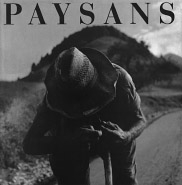
Paysans

Sète #21

L’enfer-me-ment
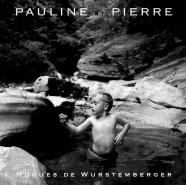
Pauline et Pierre

AOC, une identité retrouvée

D’addis à Dimtu
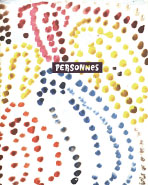
Personnes
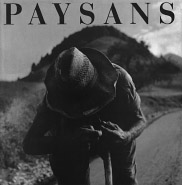
Paysans

Sète #21

L’enfer-me-ment

Pauline et Pierre

AOC, une identité retrouvée

D’addis à Dimtu

Personnes

Paysans
awards

Wold Press Photo Award (Netherlands)
For his project: “Haute Couture at shows in various fashions houses”
1991

Niépce prize
1990

